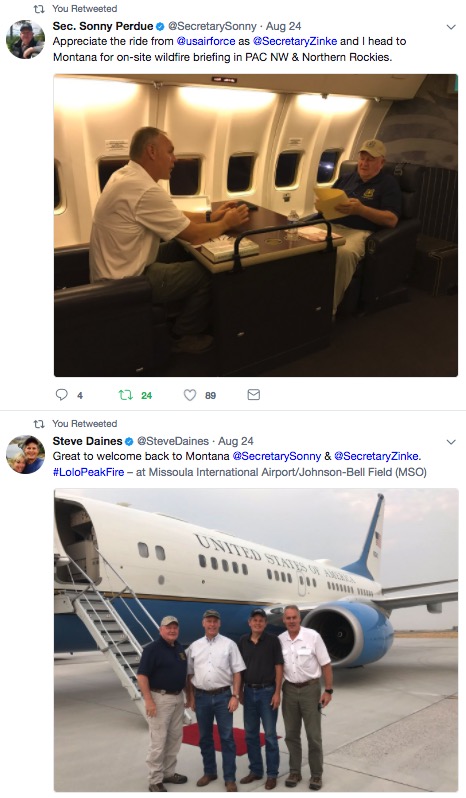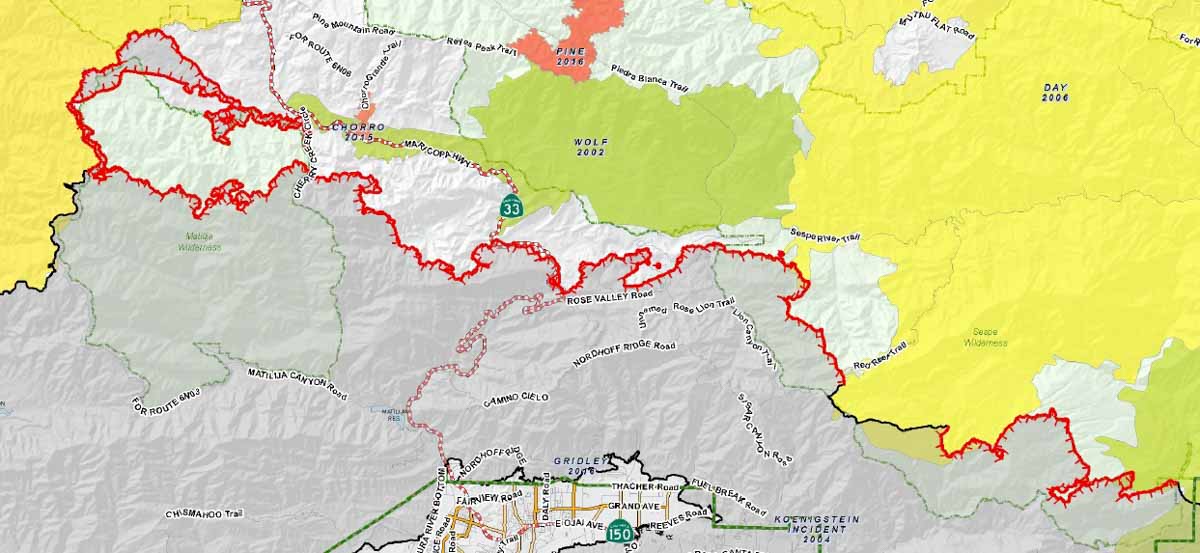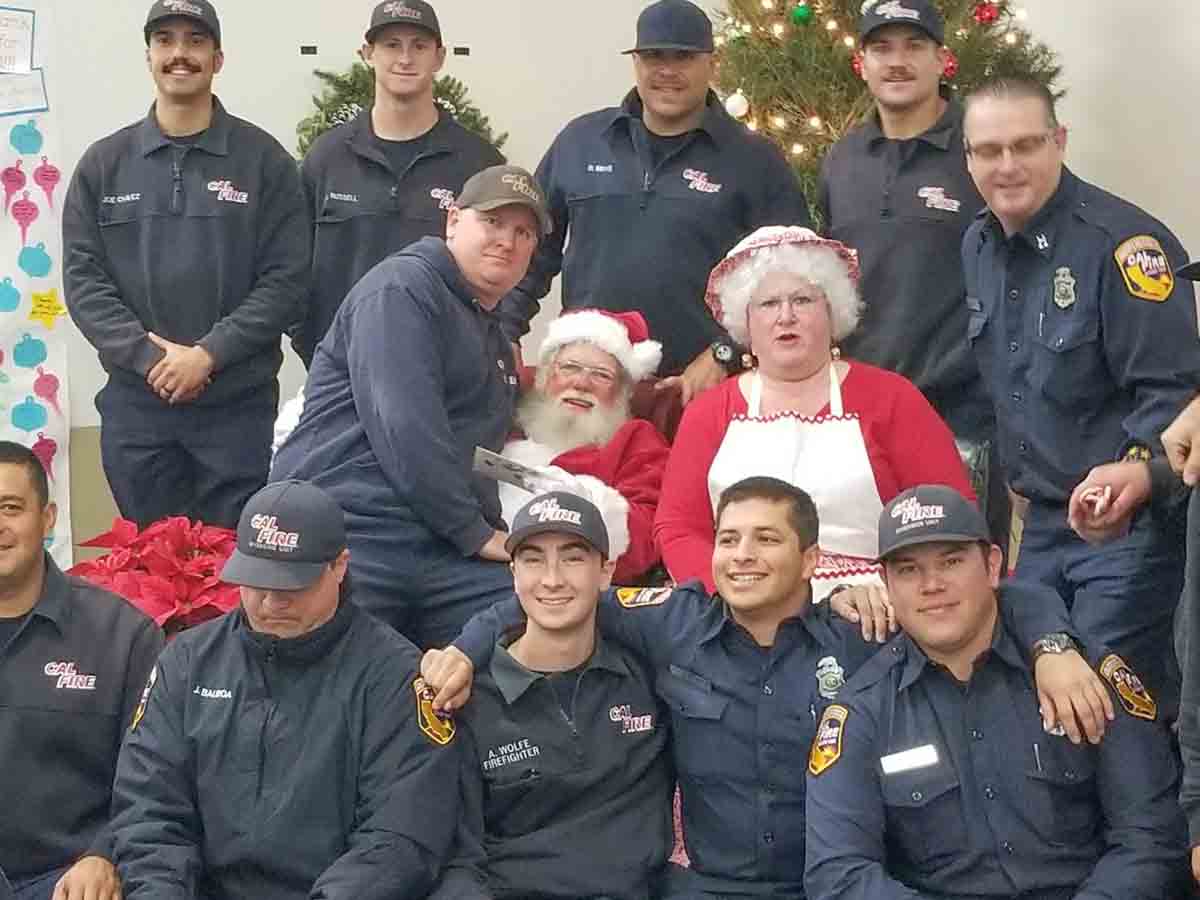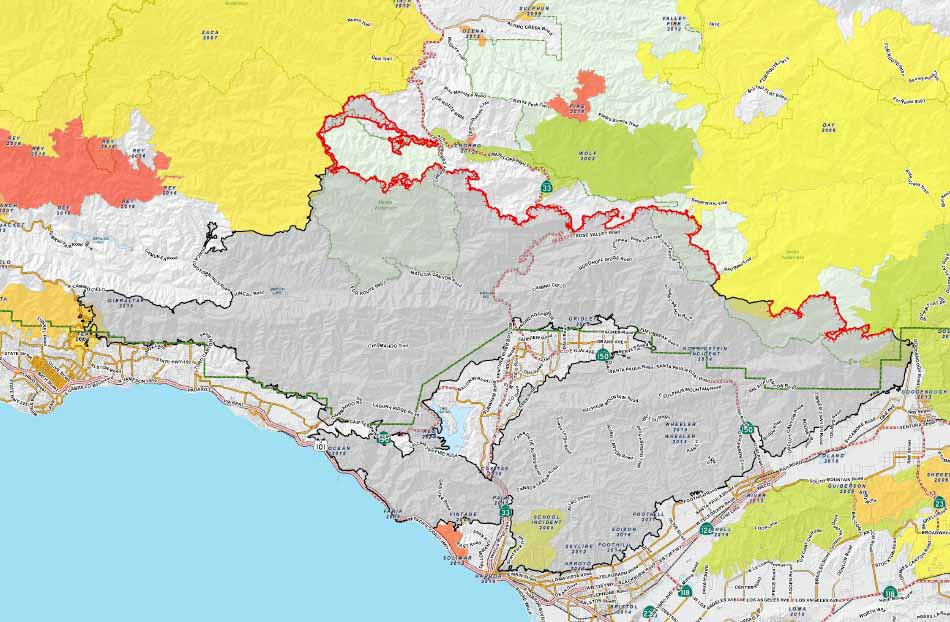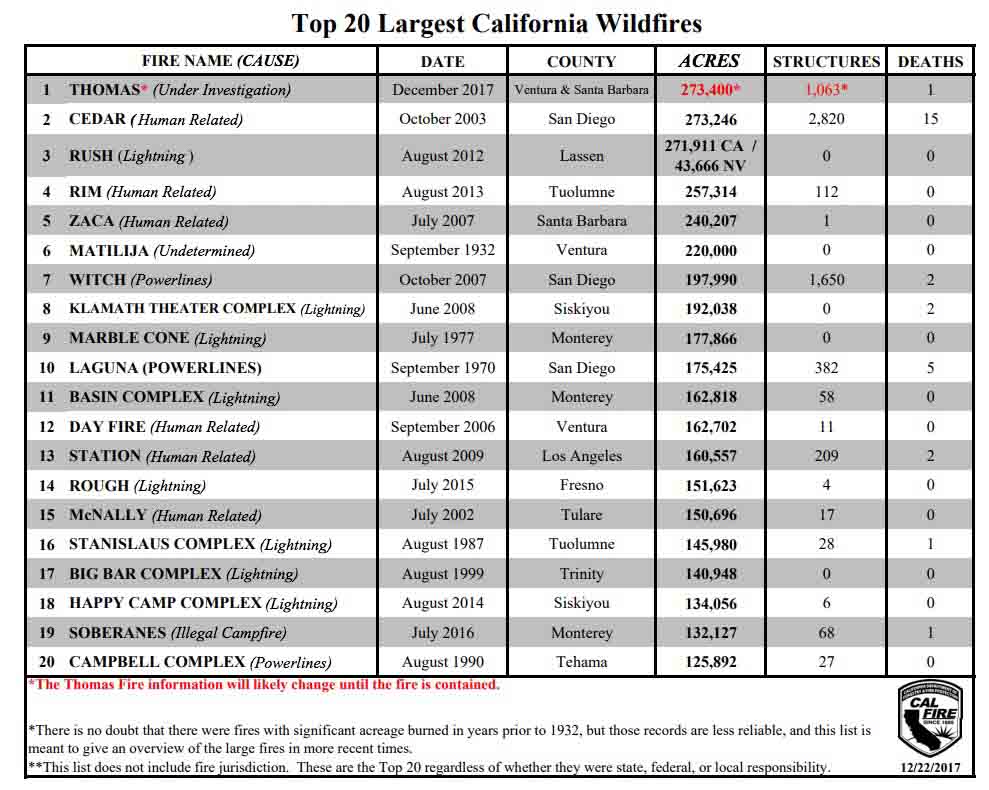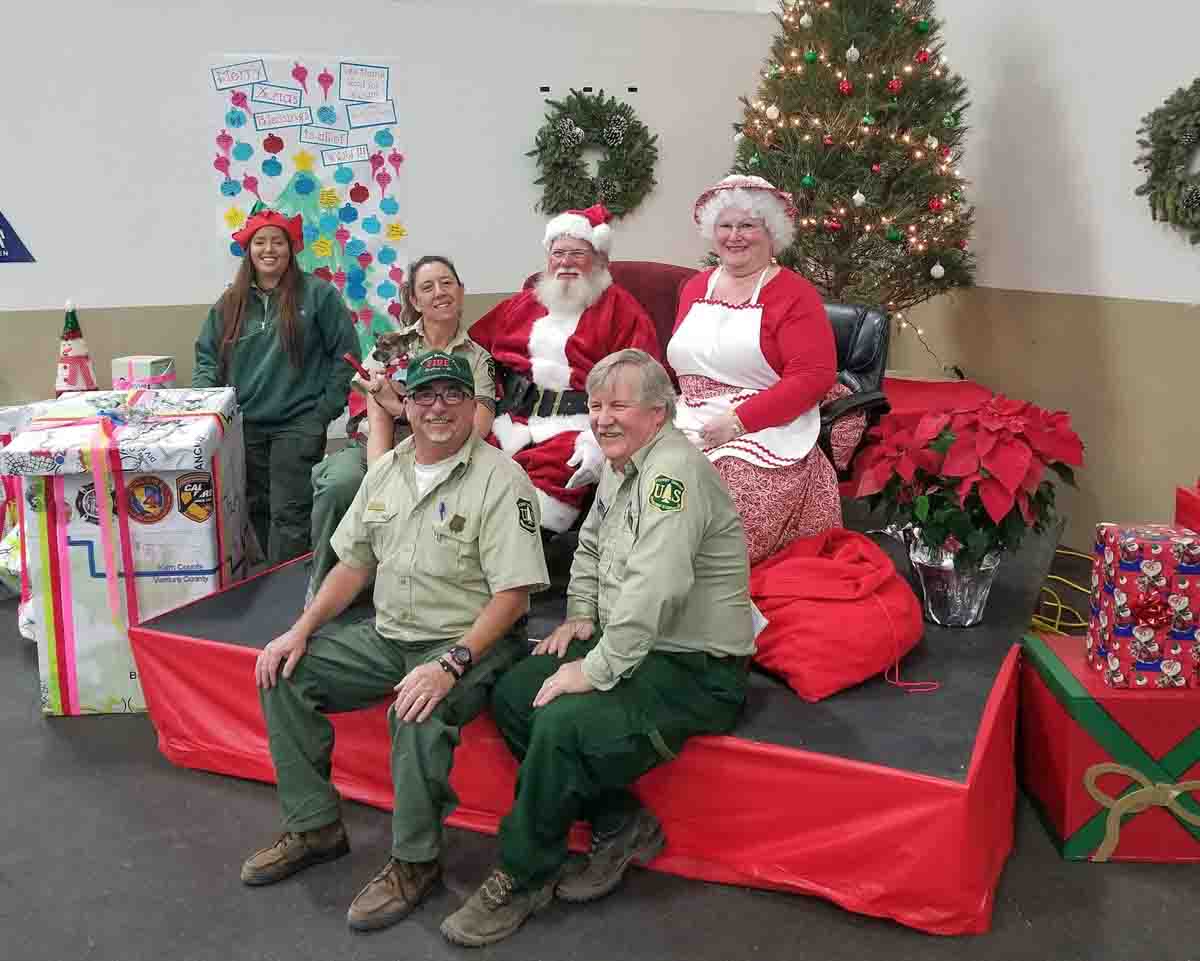Before Secretary of the Interior Ryan Zinke made his recommendation to the President about which National Monuments to shrink, he used wildfire preparedness funds appropriated to the National Interagency Fire Center office in Boise to pay for helicopter flights over sites in Nevada.
According to an article in Newsweek by Celeste Katz, the use of the helicopter on June 26, 2017, which cost taxpayers and the Bureau of Land Management $39,295, was unrelated to wildland fire. The account used for the flights is designated for fire personnel salaries and equipment.
Below is an excerpt from the article:
But after Newsweek questioned the line item, an Interior Department spokeswoman said this week that the chopper—listed in an accounting of Zinke’s travel as costing $39,295—“was charged to the account in error.” She added that the BLM would pay for the helicopter from “a more appropriate account.”
The official purpose of the round-trip helicopter trip was for an “aerial survey of objects and boundaries pertaining to the 704,000 acres in Basin and Range National Monument and the 300,000 acres in Gold Butte National Monument.”
From Newsweek:
Zinke ultimately recommended shrinking not only Gold Butte in Nevada but other Western national monuments, including Bears Ears in Utah and Cascade-Siskiyou in Oregon and California. His Gold Butte recommendation angered conservationists but was hailed by Nevada Senator Dean Heller and the head of a local water district.
The National Incident Management Situation Report published on June 27, 2017, the morning after the helicopter tour, showed two large wildfires burning in Nevada, the Cole Creek and Dolly Fires, but Secretary Zinke did not visit any fires on his trip. The report showed that in the Great Basin Geographic Area, which includes Nevada, 16 helicopters were working on 21 fires, with 54 helicopters in use nationally.
Secretary Zinke has been criticized for using military, chartered, and National Park Service fixed and rotor wing aircraft, at times for purposes that could be difficult to justify.
The Department of the Interior supplied a list of some of the Secretary’s use of non-commercial aircraft, but it does not include a trip with Agriculture Secretary Sonny Perdue to Boise on August 24 on an Air Force plane similar to a Boeing 737.

